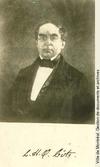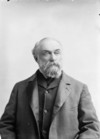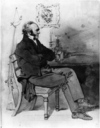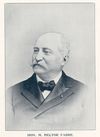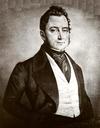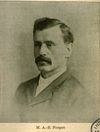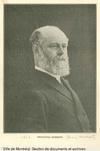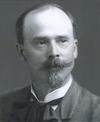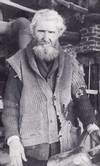patents in 1818, law clerk of the Legislative Council in 1819, and secretary of the Clergy Reserves Corporation in 1821 – increased his legal and administrative experience of colonial affairs and added
idea of national independence with the goals of a real social revolution. But his fierce opposition to Papineau, his incessant quarrels with the moderates, and his sharp attacks on the clergy had
, among others. Côté clientele included religious communities and members of the clergy as well as architect-contractors and ordinary citizens. He was thus led to produce large-scale statuary for the
James Church. Seven clergy, including the moderator of the United Church of Canada, presided, and eight prominent gentlemen read eulogies to a congregation of friends and representatives of educational
to be clergy and a religious censor to supervise the journalists and ensure that their writing conformed with “Catholic principles.” The arrival of Desjardins coincided with changes in the writing
Fund from 1796 to 1840; not to mention the list of the staff of government offices and their salaries, the table of courts of justice, and the names of clergy for the city of Quebec. The work must have
* used all his authority to have trade in it forbidden. The intendant, who was known for his piety, concurred in his opinion. Yet in the clergy’s eyes Duchesneau remained too hesitant still. “He did
invariably voted with the advanced Reformers for such measures as vote by ballot, jury trials, secularization of the clergy reserves, independence of judges, and greater colonial autonomy. His major area of
. The same year marked the appearance of John Strachan*’s Observations on the provision made for the maintenance of a Protestant clergy
commissioner of Canada in France. Hector Fabre did not, however, sit with his arms folded. He set out again on his travels through France, gathering significant support among French Catholic clergy. But
.
The clientele of the Fabre firm consisted of members of the clergy and the liberal professions as well as teachers, students, and businessmen. The 1830, 1835, and 1837 catalogues show the predominance
them honest and faithful service.
There was widespread public condemnation of the premier. Some of the harshest attacks came from the Protestant clergy
intransigent as some clergy. He could find no objection, for instance, to the textbooks prescribed by the council but denounced by Father Hippolyte Leduc and others
Division. The relationship between father and son was very close and their correspondence presents an interesting and theologically informed reading of the war. Unlike those clergy who baptized the war
statuettes, busts, medallions, and medals depicting both historical figures and his contemporaries – politicians, authors, wealthy financiers, clergy, and close friends. He was also recognized for his
“special prize.”
Religious statuary, then, proved Jobin’s most lucrative market. The artist found clients among the clergy, religious communities
hour until Kielley was informed that his presence was causing embarrassment among the clergy. He withdrew. The funeral proceeded.
Kielley was a marked
; then came clergy and 6 war chiefs bearing the flower-covered coffin on which lay a plumed hat, a sword, and a gorget. Behind the train were the brother and sons of the dead chief, and files of Huron
churches in York and Toronto, with biographical sketches of many of the clergy and laity, ed. T. E. Champion (Toronto, 1899). Ont., Agricultural and Arts Assoc., Trans
.
The governor concerned himself with internal administration, and had a list of land grants prepared which he sent to the minister by the courier of 1682. He supported the clergy in its attempts to


